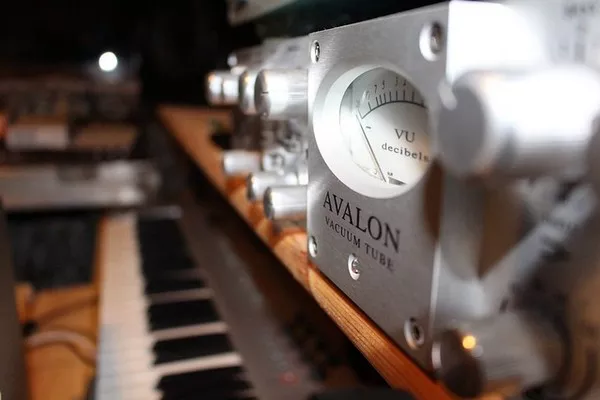Air compressors play a crucial role in various industries, providing compressed air for a multitude of applications, from manufacturing and construction to automotive and healthcare. However, before investing in an air compressor, it’s essential to understand the factors influencing its cost. In this article, we will explore the different types of air compressors, their features, and the associated costs, helping you make an informed decision for your specific needs.
Types of Air Compressors
There are several types of air compressors available in the market, each designed for specific applications. The two main categories are reciprocating (or piston) compressors and rotary screw compressors.
Reciprocating Compressors:
Reciprocating compressors operate through a piston and cylinder mechanism. These compressors are suitable for smaller applications and intermittent use. They come in both single-stage and two-stage configurations.
Single-stage reciprocating compressors are ideal for tasks requiring lower pressure levels, such as pneumatic tools and home garage use.
Two-stage reciprocating compressors are designed for higher pressure applications, making them suitable for industrial settings and heavy-duty tasks.
The cost of reciprocating compressors varies based on factors like power, tank size, and brand reputation. On average, a single-stage reciprocating compressor can cost between $500 and $2,000, while a two-stage compressor may range from $2,000 to $10,000.
Rotary Screw Compressors:
Rotary screw compressors use two rotating screws to compress air continuously. These compressors are more suitable for continuous, high-demand applications, providing a steady supply of compressed air.
Lubricated screw compressors use oil for cooling and sealing, making them efficient for heavy-duty industrial applications.
Oil-free screw compressors are preferred in environments where oil contamination is a concern, such as medical and food processing industries.
The cost of rotary screw compressors depends on factors like horsepower, capacity, and whether they are lubricated or oil-free. On average, lubricated screw compressors may range from $3,000 to $15,000, while oil-free screw compressors can cost between $5,000 and $20,000 or more.
Factors Influencing Air Compressor Costs
Several factors contribute to the overall cost of an air compressor. Understanding these factors will help you determine the most suitable and cost-effective solution for your specific requirements.
Horsepower (HP):
The horsepower rating of an air compressor indicates its power and capacity. Higher horsepower is generally associated with larger, more powerful compressors capable of handling greater workloads. However, higher horsepower also comes with a higher price tag. Depending on the application, you may need to balance your requirements with the associated costs.
Tank Size:
The size of the air compressor’s tank affects its ability to store compressed air and deliver it consistently. A larger tank allows for a more continuous supply of air, reducing the frequency of the compressor cycling on and off. While larger tanks contribute to a higher upfront cost, they can result in energy savings and increased efficiency over time.
Pressure Rating:
Different applications require varying levels of air pressure. Compressors with higher pressure ratings are generally more expensive. It’s crucial to choose a compressor with the appropriate pressure capacity for your specific tasks to ensure optimal performance and longevity.
Duty Cycle:
The duty cycle of an air compressor refers to the percentage of time it can operate within a given time frame. Continuous-duty compressors are designed for non-stop operation, while intermittent-duty compressors require periods of rest to prevent overheating. Continuous-duty compressors are typically more expensive due to their robust construction and durability.
Oil-Lubricated vs. Oil-Free:
The choice between oil-lubricated and oil-free compressors depends on the application and industry requirements. Oil-free compressors, while more expensive upfront, are essential in environments where oil contamination could compromise product quality or pose health risks. Consider your specific needs and industry regulations when determining the lubrication type.
Brand Reputation and Quality:
The reputation of the brand and the overall build quality of the compressor significantly impact its cost. Well-established brands with a history of producing reliable and durable equipment may come with a higher price tag. However, investing in a reputable brand often pays off in terms of performance, reliability, and after-sales support.
See Also Why Your AC Compressor Won’t Turn On
Conclusion
In conclusion, the cost of an air compressor is influenced by various factors, including type, horsepower, tank size, pressure rating, duty cycle, and lubrication type. While upfront costs are important to consider, it’s equally crucial to assess the long-term value, energy efficiency, and reliability of the compressor for your specific applications.
Before making a purchase, carefully evaluate your requirements, industry standards, and budget constraints. Investing in a high-quality air compressor that aligns with your needs will contribute to increased productivity, reduced downtime, and long-term cost savings.

